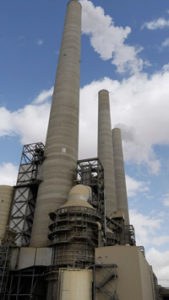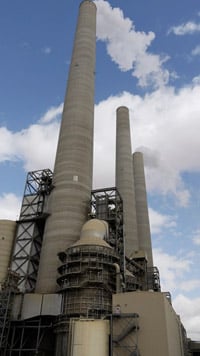I can’t help but think back to when I was an editorial associate for a Fresno, California-based publisher. This was a step up from the copywriter assignment that I had had previously. The person who had occupied the then editorial associate spot had just recently quit.
So, with no one in charge of magazine editorial responsibilities and being that I had agreed to fill in until an editorial manager was hired, the person tasked to run the whole show for the time being, was yours truly.
This all took place over the 2006-’07 holiday season and even though I was roughly 650 miles away from the actual publishing office at the time, with the aid of a computer, phone and fax always within easy reach, the job was still able to get done. Thank goodness for this thing called telework. That plus the contributions of production, graphics and printing is what made getting that issue of the magazine out and to consumers on time (in Feb. ’07) all possible. It was truly an all-hands-on-deck effort.
Now apply this identical approach to the cleanup of polluted air. Uh, what’s the appropriate saying here? It takes a village? Exactly! Indeed, it takes just that.
Exactly the kind of approach needed if we are to ever get air to a state of healthy repair.
I have believed and still believe that the places that are most negatively impacted by dangerous, destructive and deplorable air pollution are the ones that more than others should have the most aggressive campaigns (plans and programs) that get right to the core of cleaning it all up. Yet, this is not always the case.
Two California communities, airsheds actually, known for having notoriously bad air are the San Joaquin Valley and South Coast air basins. These two regions, home to some 22 million people – more than half of the state’s total population – have some of the nation’s highest rates of asthmatic cases. This is the same population base that is exposed to unhealthy concentrations of polluted air regularly.
So, examining what is going on in the Valley ground-level-ozone-cleanup-wise, there has been some success. But, for the approximately 4 million people who reside in the 24,000 or so square-mile area, the cleanup progress so far has not been near extensive enough. As a result, the Valley has been given an extension by the U.S. Environmental Protection Agency out to the year 2037 to comply with its Oct. 1, 2015, 8-hour, 70 parts per billion (ppb) of air ozone health standard. As for the 1997 federal 8-hour standard, set at 84 ppb of air, that one too has not been met.
And, as for the daily as well as annual fine-particulate-matter thresholds of 35 and 12 micrograms per cubic meter of air, respectively, established in Dec. 2012 and, in meeting these two standards, the Valley is not quite there yet. As to when the Valley will be in air-compliance, it’s difficult to say.

Regarding the South Coast’s as opposed to the air basin in the San Joaquin Valley, it is more of the same, the primary difference between them being the numbers of people affected.
So, just where is this pollution coming from? Emissions are from tailpipes, wood-burning activity, industrial smokestacks, oil extraction and refining, agricultural sources, residential and commercial building and development, commerce, cooking, energy generation, solvents, cleaners and gasoline vapors and waste – mobile, stationary and area-wide sources, collectively.
What needs to be understood here is that in combating pollution in air, regulations go only so far. The same goes for reliance on innovation and technology. So, that means it is up to us to do the rest, to pick up the slack if you will.
Where improved if not outright healthy air is concerned, the bottom line here is if we’re all pulling together, this is where tremendous headway can be made. It really does take a village.
Image above: U.S. Environmental Protection Agency
This post was last revised on Jan. 11, 2021 @ 10:11 a.m. Pacific Standard Time.
– Alan Kandel
